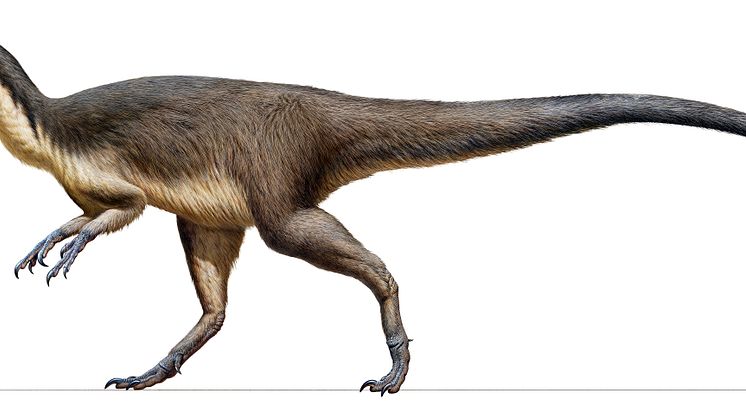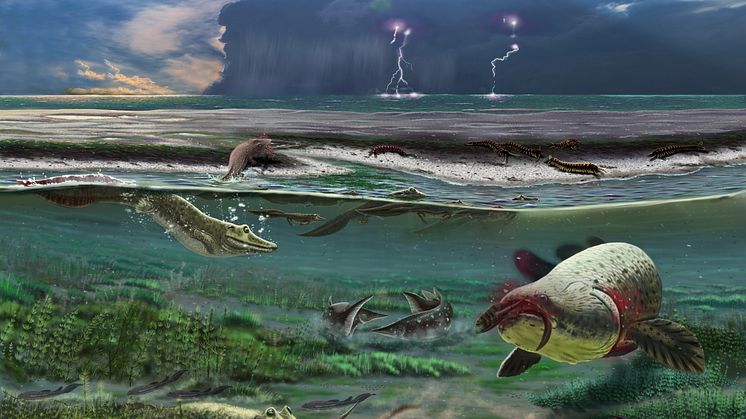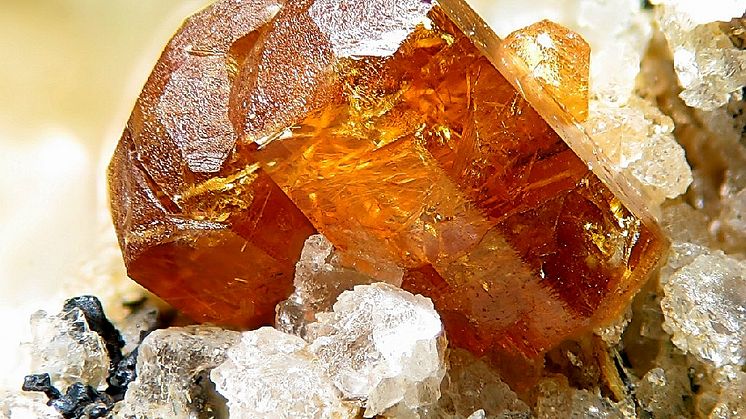Hidden oxygen gas has prevented higher voltages in batteries
Researchers at Uppsala University have made a breakthrough in the understanding of energy storage in sodium ion batteries by using ultra-high-resolution X-ray spectroscopy. These findings will aid the development of new materials for future battery generations with significantly higher and more stable voltages than previously, shows an article published in the research journal Nature.


